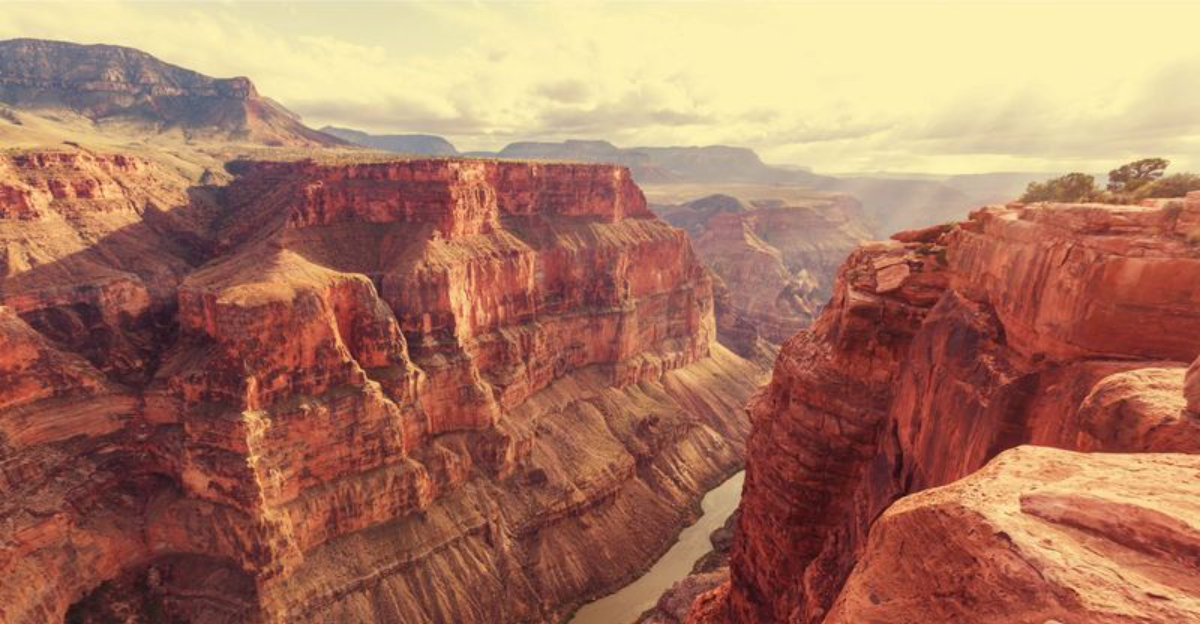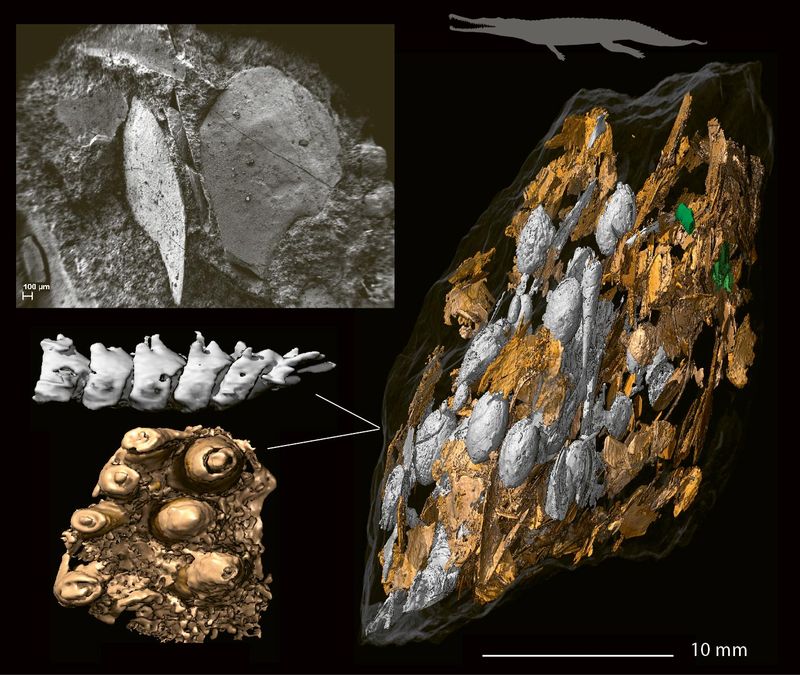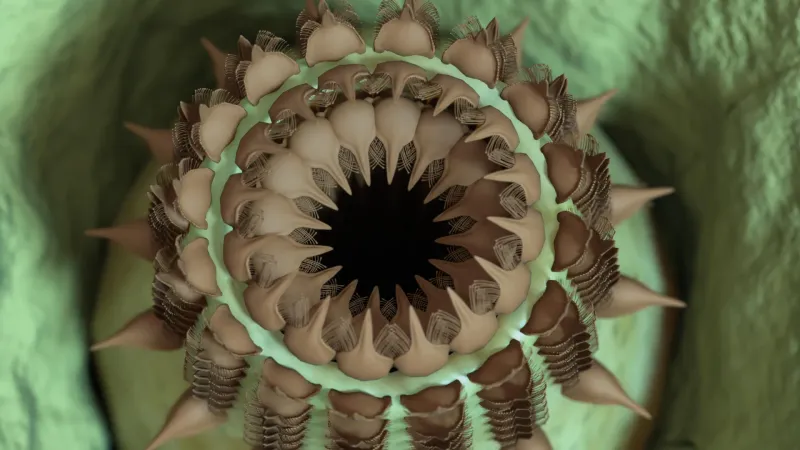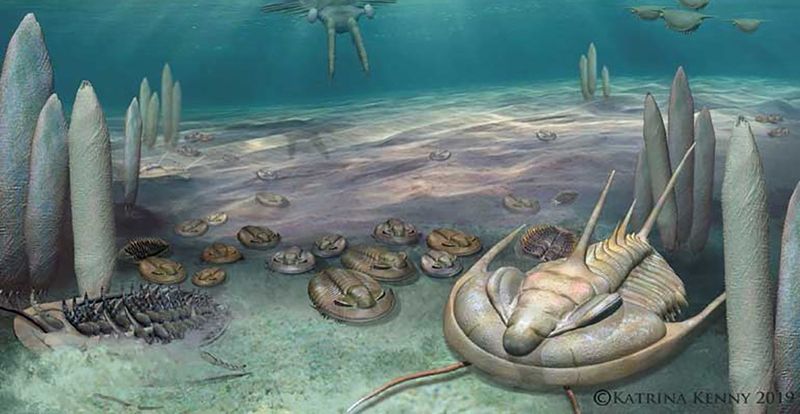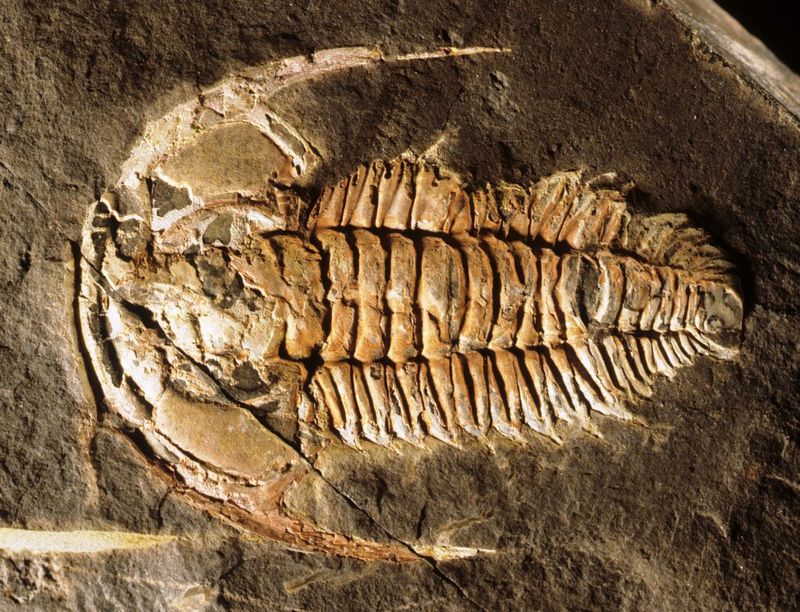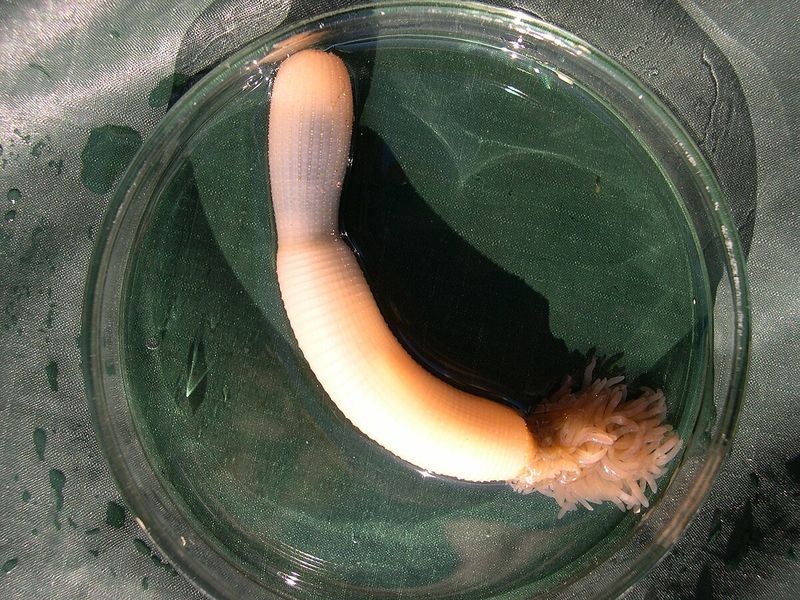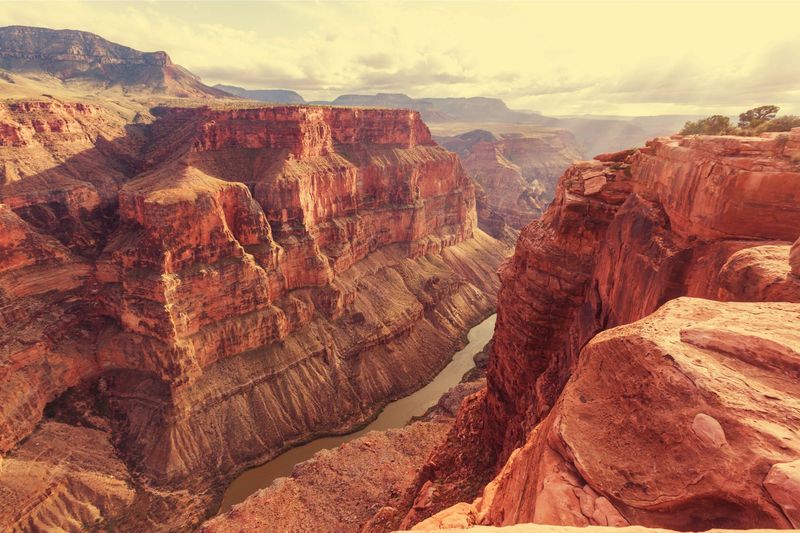Deep within the layers of the Grand Canyon, scientists have made an incredible discovery that takes us back over 500 million years. Researchers from the University of Cambridge found fossils of bizarre creatures with strange teeth, spiky bodies, and feeding tools that look almost alien. These ancient animals lived during the Cambrian explosion, a time when life on Earth suddenly became much more diverse and complex. Understanding these fossils helps us learn how early animals evolved and survived in ancient oceans.
A Stunning Cambrian Discovery
More than half a billion years ago, the Grand Canyon region looked completely different from today. Scientists working along the Colorado River have uncovered exceptionally preserved fossils embedded in shale layers formed during the Cambrian explosion. This was an extraordinary period when most major animal groups first appeared on Earth.
Before this breakthrough, nobody had documented such delicate soft-bodied fossils in the Grand Canyon area. The discovery is remarkable because soft tissues usually decay quickly, leaving no trace behind. Yet here, conditions were just right to preserve them.
Back then, this region sat near Earth’s equator under shallow, warm seas. The marine environment was rich with nutrients and teeming with life. These ancient treasures now give us a fascinating window into how early animals lived, ate, and interacted in their underwater world.
Hidden Treasures in Shale
Finding fossils this old requires patience and clever techniques. The University of Cambridge research team collected 29 shale samples from formations scattered along the Colorado River. Shale is a type of rock formed from compressed mud and sediment that settled on ancient ocean floors.
To extract the tiny fossils hidden inside, scientists dissolved the rock samples using hydrofluoric acid. This powerful chemical eats away the stone but leaves behind delicate organic traces. What emerged were soft-bodied animals that normally vanish without a trace—mollusks, crustaceans, worms, and even fragments of their last meals.
These remains reveal ecological relationships rarely captured in the fossil record. We can see what ate what, who lived where, and how creatures interacted. Such details help paint a complete picture of ancient life rather than just isolated snapshots.
Alien Features in Ancient Life
Imagine a worm with hundreds of branching teeth lining a mouth that can expand like a balloon. That’s exactly what scientists found when they examined Kraytdraco spectatus, a newly named species inspired by the fearsome krayt dragon from Star Wars. This priapulid worm used its elaborate dental equipment to sweep food particles into its gullet.
Other creatures displayed equally bizarre adaptations. Some had hair-lined grooves running along their bodies for filtering tiny organisms. Others sported molar-like teeth for grinding, or scraping limbs to harvest food from surfaces.
These ornate features show that Cambrian animals were already experimenting with diverse ways to survive. From very early times, evolution was testing different feeding strategies, body plans, and ecological roles. The complexity is stunning for organisms so ancient, proving life was innovative from the start.
Fossil Ecosystem Revealed
By combining body fossils with trace fossils like footprints, burrows, and feeding marks, researchers can reconstruct an entire ancient ecosystem. The Grand Canyon region during the Cambrian sat near the equator, bathed in warm sunlight. Shallow seas covered the area, rich with nutrients that supported abundant life.
Scientists describe this as a “Goldilocks zone”—conditions that were just right for evolutionary innovation. Temperature, oxygen levels, and competition balanced perfectly to encourage new adaptations. Animals weren’t just surviving; they were thriving and diversifying rapidly.
The fossils reveal complex interactions already happening half a billion years ago. Predators hunted prey, grazers munched on algae, filter-feeders strained tiny particles from water, and scavengers cleaned up leftovers. This dynamic web of life shows that ecosystems were sophisticated even in Earth’s early days.
Grand Canyon Joins Elite Fossil Sites
Only a handful of places on Earth offer such exquisite windows into early life. The Burgess Shale in Canada and the Maotianshan Shales in China have long been famous for their exceptional Cambrian fossils. Now the Grand Canyon joins this exclusive club of paleontological treasure troves.
Why are such sites so rare? Soft-bodied creatures typically decompose within days, leaving nothing behind. For fossils to form, burial must happen quickly in fine sediment, with little oxygen to fuel decay. The Grand Canyon’s preservation implies that conditions aligned perfectly.
This discovery expands our geographical understanding of Cambrian diversity. Early animal life wasn’t confined to just a few lucky spots—it was distributed more widely across ancient seas. Each new site adds crucial pieces to the puzzle of how life evolved and spread across our planet.
The Bizarre Penis Worm
Among the strangest finds was a priapulid, commonly nicknamed the “penis worm” because of its distinctive shape. Kraytdraco spectatus wasn’t just odd-looking—it was a feeding specialist with equipment unlike anything seen before. Its mouth could turn inside out, revealing hundreds of tiny, branching teeth arranged in complex patterns.
This retractable throat worked like a net, sweeping up food particles from the water or seafloor. The branching teeth increased surface area, making the feeding apparatus incredibly efficient. Modern priapulids still exist today, but none match the elaborate dental arrangements of their ancient relatives.
The Star Wars-inspired name reflects both the creature’s fearsome appearance and scientists’ sense of wonder. Finding such alien-looking anatomy in rocks half a billion years old reminds us that evolution has always been creative, producing forms that challenge our imagination.
Crustaceans and Mollusks Galore
Worms weren’t the only creatures preserved in these ancient rocks. Scientists also discovered crustaceans that looked remarkably like modern brine shrimp. These small animals had hair-like structures around their mouths, perfect for sweeping up tiny food particles floating in the water.
Mollusks appeared too, sporting chains of teeth similar to the rasping tongues of modern garden snails. This structure, called a radula, works like a file to scrape algae or bacteria from rock surfaces. Even back then, mollusks had developed this specialized feeding tool.
The variety of feeding strategies is impressive. Some creatures filtered, others scraped, and still others hunted actively. This diversity suggests that Cambrian seas offered many ecological niches, with different species evolving to exploit different food sources. Competition and specialization drove innovation, creating the foundation for modern marine ecosystems.
Implications and Future Avenues
This groundbreaking discovery opens many doors for future research. Scientists plan to expand their sampling efforts, collecting from additional sites throughout the Grand Canyon and surrounding Colorado Basin. More precise dating techniques will help pinpoint exactly when these creatures lived and how long they persisted.
Comparing Grand Canyon fossils to those from the Burgess Shale and Maotianshan sites will reveal whether similar species lived worldwide or if regional differences existed. Understanding habitat shifts and evolutionary timelines will become clearer as more specimens are studied.
These ancient treasures remind us how much of Earth’s deep past still lies hidden beneath our feet. With the right tools, techniques, and determination, scientists can bring extinct worlds back to life. Every fossil tells a story, and the Grand Canyon has just begun sharing its secrets from over 500 million years ago.
